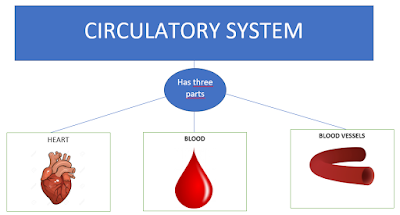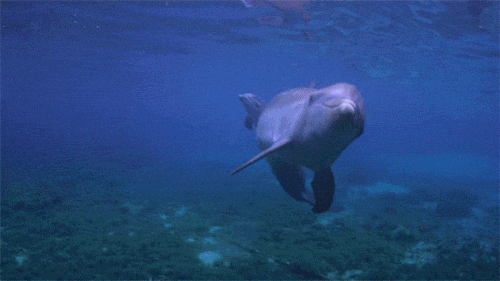CIRCULATORY SYSTEM
Our circulatory system is like a transport system. It carries nutrients from the food we eat and oxygen from the air we breathe around the body. It's made up of the heart, the blood and the blood vessels.
SPANISH:Nuestro sistema circulatorio es como un sistema de transporte. Transporta los nutrientes procedentes de comida que comemos y el oxígeno del aire que respiramos por todo el cuerpo. Está compuesto por el corazón, la sangre y los vasos sanguíneos.
The blood is a red liquid that goes around the body. On the wat it picks up nutrients and oxygen and drops off carbon dioxide and waste products. It travels in thin tubes calles blood vessels.
SPANISH: La sangre es un
líquido rojo que se mueve por el cuerpo. Por el camino recoge nutrientes y
oxígenos y expulsa dióxido de carbono y productos de desecho. Viaja por unos
tubos delgados llamados vasos sanguíneos.
 |
| Blood vessels |

The heart is a muscle the size of your fist. It is the middle of the chest. It works day and night to pump blood to every part of the body.
SPANISH: El corazón es un músculo del tamaño de un puño. Se encuentra en la mitad del pecho. Trabaja día y noche bombeando sangre a cada parte del cuerpo.
 |
| Heart |
When we run, our heart beats faster to take more oxygen and nutrients to our muscles. When we are resting our heart beats slower and when we sleep slower still! Why do you think our heart beats faster when we are scared?
SPANISH: Cuando corremos,
nuestro corazón late más rápido para tomar oxígeno y nutrientes para nuestros
músculos. Cuando estamos descansando nuestro corazón late más lento y cuando
estamos durmiendo más lento todavía. ¿Por qué crees que nuestro corazón late
más rápido cuando tenemos miedo?
CONCLUSION/OUTLINES
 |
| Circulatory system |
WORDLIST:
- Circulatory system: sistema circulatorio.
- Heart: corazón.
- Blood: sangre.
- Blood vessels: vasos sanguíneos.
EL SISTEMA CIRCULATORIO
THE CIRCULATORY SYSTEM
TIME TO PLAY
GOODBYE!

















































